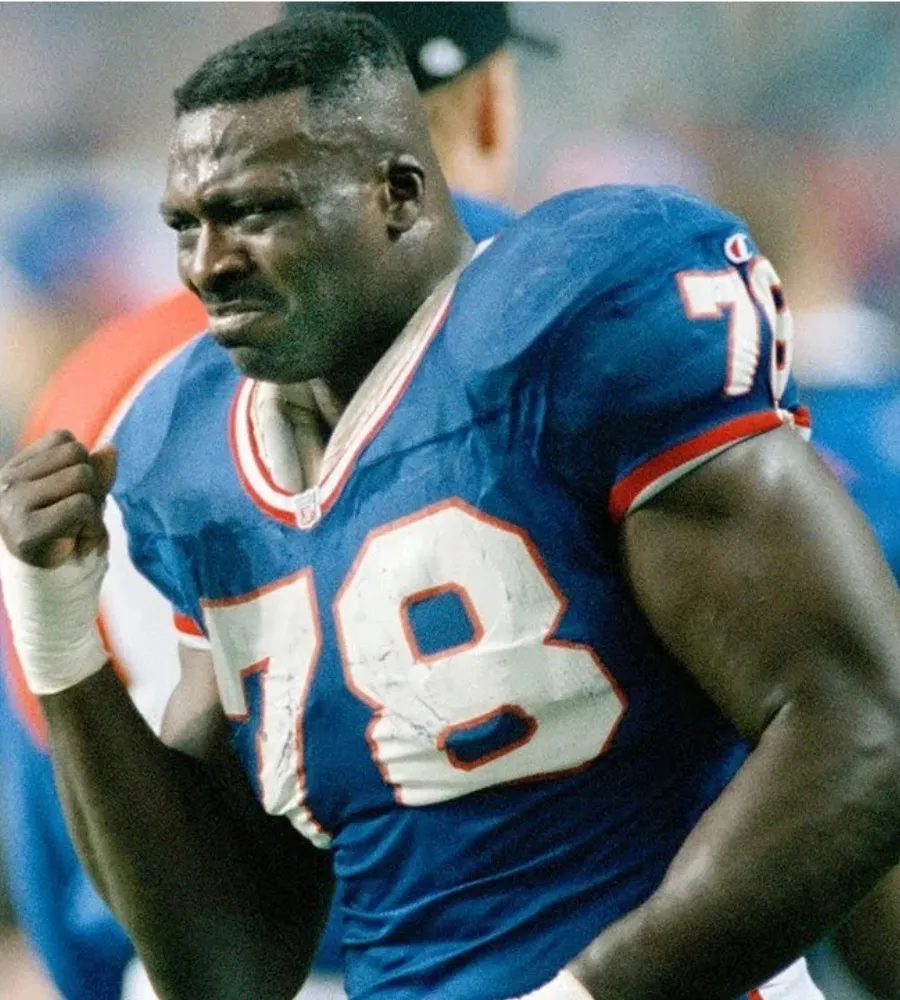
When Ryan Reaves was traded to the San Jose Sharks this offseason, he didn’t just pack his bags—he left behind a pointed observation. In his words, “the whole city wanted me out of there.” For most hockey fans, that might sound dramatic. For Toronto Maple Leafs fans, it probably sounds familiar.
Reaves’ comments weren’t groundbreaking, but they were honest. And they added fuel to a conversation that’s been smouldering in Toronto for years: the immense pressure that comes with wearing a Maple Leafs jersey. While Reaves wasn’t the most high-profile player on the roster, he experienced firsthand the emotional whiplash that comes with the job. When you’re winning, the city loves you. When you’re not, the walls close in fast.
It was clear that, as big and tough as Reaves is, he felt the gut punch. And he isn’t the first to feel it—or say it out loud.
Reaves Is Calling Out a Huge Problem Everyone Knows About, But …
But this post isn’t really about Reaves. It’s about the pressure that comes with wearing a Maple Leafs jersey—something fans, players, and media have all come to expect, but still struggle to define. Reaves just happened to be the guy who pointed it out, and directly.
It’s a little like The Emperor Has No Clothes. Everyone around the Maple Leafs knows the pressure in Toronto is relentless—players, coaches, fans, media—but few say it out loud. When Reaves pointed to the weight of playing in this market, it wasn’t just about his experience. It was a reminder that even seasoned veterans can feel exposed under the spotlight.
The Pressure in Toronto Isn’t New, but It Is Different
This market has long been called the “centre of the hockey universe.” That comes with tradition, money, media, and obsession. Players like Larry Murphy, Bryan McCabe, Jake Gardiner, and Mitch Marner have all lived through the highs and the lows. Some thrived. Some eventually left.
What’s changed in recent years is the intensity of the noise. Social media has turned every bad shift into a trending topic. Talk radio loops the same 30-second highlight all day. Anonymous fans pile on in the comments (and, for Marner, garbage on his lawn), and hockey writers cover the team as if it were a missing nuclear warhead in the wrong hands. It’s not just that the pressure is loud—it’s that it never turns off.
When the Pressure Pushes Players Away
Maple Leafs fans know the pressure in Toronto is real—some even embrace it as part of what makes the team’s fan base so passionate. But that same intensity can push players away. A clear example came after Ryan O’Reilly was acquired at the 2023 Trade Deadline. He had a strong showing, played through injury, and helped the Maple Leafs finally get past the Tampa Bay Lightning and into the second round. He was a good fit, the team wanted him back, and most fans hoped he’d re-sign. But when the opportunity came, O’Reilly opted to go elsewhere. But the mood was a bit like, ‘What a weenie.’

He’s not alone. Although it wasn’t so obvious, Luke Schenn—who brought experience, physicality, and a connection to the city—chose not to re-sign in Toronto either. Both players could have added value. The organization wanted both. But both decided to leave, and it’s hard not to see the pressure of playing in this market as part of the reason. That might not be weakness—it might be wisdom. For some players and their families, choosing a calmer, less scrutinized environment was just the wiser move.
Was This Part of Marner’s Exit?
Almost certainly. Marner was a hometown kid who started as a local hero. He was one of the league’s best playmakers—and yet, no player was more scrutinized over the past few seasons. Whether fair or not, every playoff misstep seemed to land squarely on his shoulders.
Marner never publicly blamed the market, but it’s not hard to connect the dots. The Vegas Golden Knights offer a contending team, a quieter media presence, and a fresh start. As Marner noted, for him, oddly, Vegas (known as Sin City) was the place he wanted to raise his family. The passion in Toronto is unmatched. But so is the microscope.
Who Thrives Under the Microscope?
So, here’s the bigger question: what kind of player can handle this?
It’s not just about being talented. It’s about being emotionally durable. Players like Morgan Rielly, who are even-keeled and accountable, tend to survive. There’s sure been a move to trade him this offseason, but don’t expect him to waive his no-movement clause even if the team wanted to move him. He wants to be here.

Auston Matthews is another example—he rarely gives soundbites, seldom reacts publicly, and keeps his circle tight. He’s quiet about such things, responds to criticisms with “nothing.” The word is that he’s a lot more outgoing in the locker room than he is with the media. If so, go figure. Emotional containment is a vital survival skill.
The psychology of performing under pressure suggests a few traits matter most: intrinsic motivation, low reactivity, and high emotional regulation. In other words, players who are driven by internal goals (rather than external praise), who don’t get rattled easily, and who can manage their emotions day-to-day. Add in a dose of humility and a strong support network, and you have someone who can survive—maybe even thrive—in Toronto.
Easton Cowan might be a future test case. He carries himself with a mix of confidence and humility that suggests he might not just survive the pressure but feed off it. It’s hard not to like his internal motor – his drive.
What Should the Maple Leafs Do?
This isn’t just about big-name signings. Toronto needs to scout for fit, not just on the ice, but between the ears. The organization should prioritize character, mental toughness, and the ability to compartmentalize. Not everyone needs to love the spotlight, but they do need to withstand it.
Reaves’ departure and Marner’s exit are reminders: Toronto isn’t for everyone. And that’s okay. But building a winning team in this city means more than assembling talent—it means building one that can handle the weight of hope, history, and headlines.
A Final Thought About Reaves, Marner, and the Pressure
Reaves wasn’t Toronto’s biggest star, but his words pointed at a truth many have danced around for years: the pressure in this city is real, and it shapes careers. The question now isn’t whether the pressure will change. It won’t. The better question is: can the Maple Leafs finally build a roster of players who are ready for it?

-1752653375-q80.webp)

-1752368629-q80.webp)